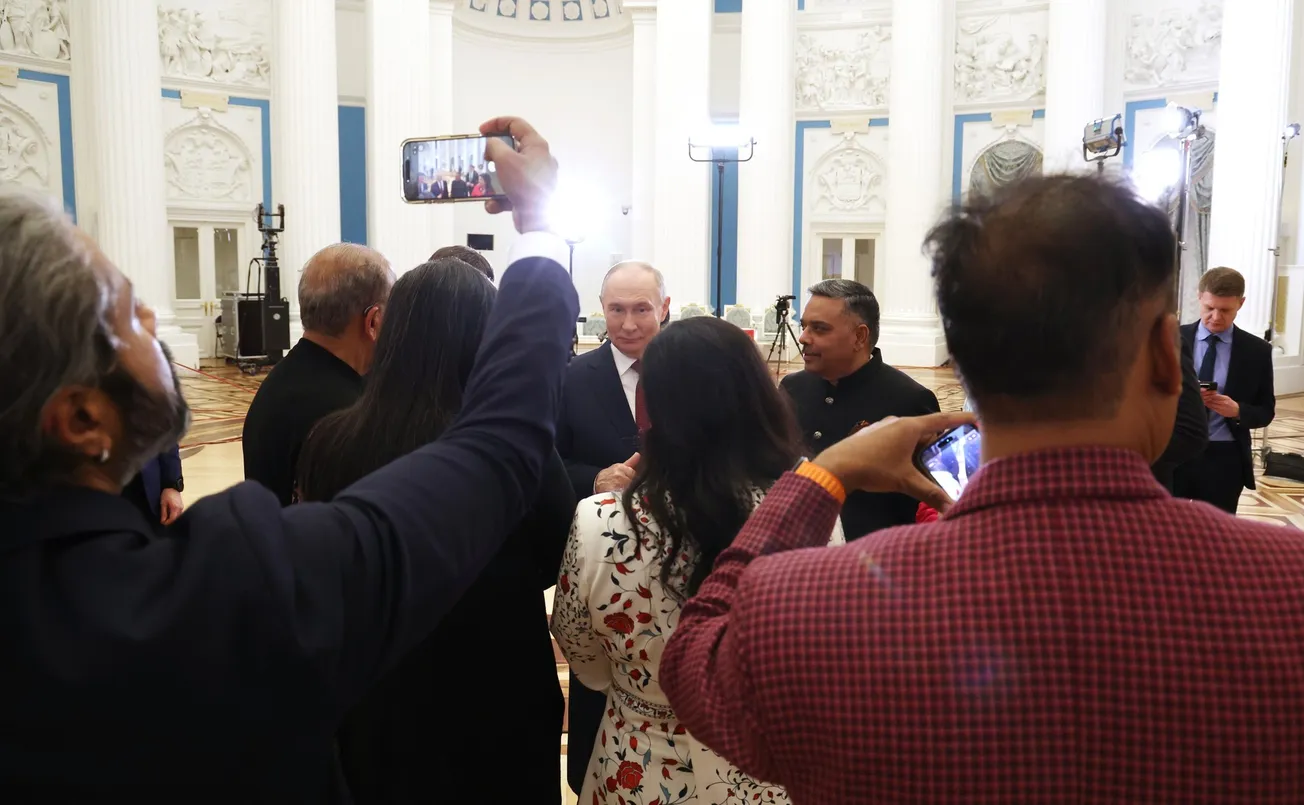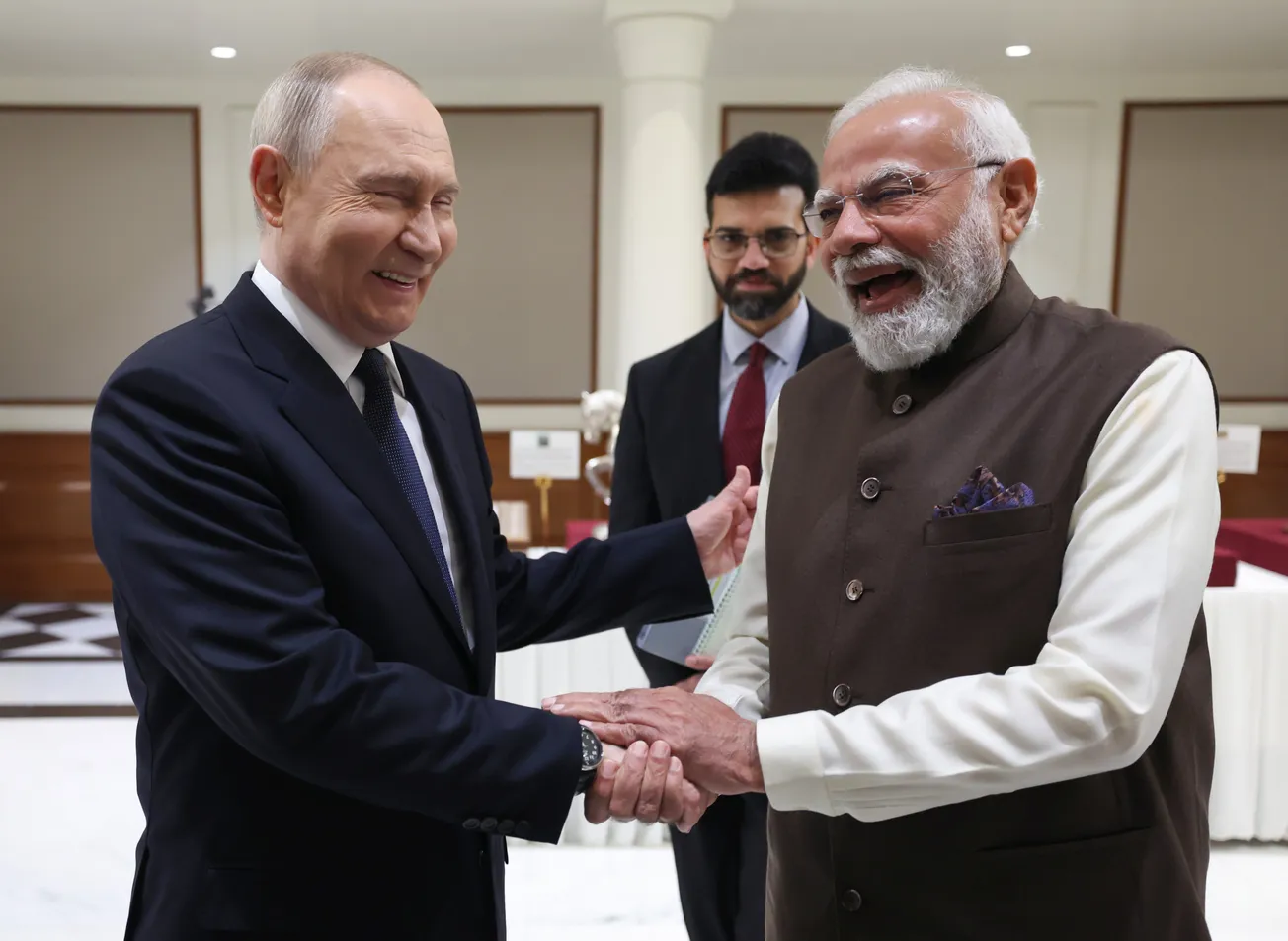April8, 2025 (EIRNS)—Russia is scheduled to launch its Bion-M2 satellite into a polar orbit in July. It will study the influence of space environmental factors on biological objects. Among other things, it will investigate at what depth is it better to build shelters on the Moon, what to replace water with during long journeys, and whether life on Earth could have originated from space. It will remain in space for 30 days, during which specialists will conduct more than 20 scientific experiments. The planned new Russian orbital station will also fly in a similar polar orbit.
“With the help of Bion-M2, scientists will study what dangers await astronauts in these areas of space and how to prevent negative impacts,” Vladimir Sychev, Deputy Director at the RAS Institute of Medical and Biological Problems, told Izvestia. According to him, the radiation level in the polar orbit will be one-third higher, since it contains more high-energy galactic particles that come from beyond the Solar System. Colliding with atoms in the molecules of the human body, they can cause irreversible changes, including cancer and radiation sickness.
Sychev noted the phenomena reported by astronauts when they feel flashes of lightning in their heads. These are caused by galactic particles flying through the retina of the eye. But the biggest threat, he noted, is that single particles, when colliding with objects on board the ship, generate cascades of secondary neutrons, from which it is almost impossible to protect. Another problem is electrostatic tension, which is due to increased electron content in polar orbit, sometimes causing temporary failure of onboard systems.
There are also the unknown effects of electromagnetic interactions, which determine many processes of cellular life. Mice, which the scientists sent up on Bion-M1, had a 30% decrease in learning ability after returning. Scientists have to learn what caused these changes, which could have an effect in long-term missions. Mice will also be included in the Bion-M2 mission. A total of 75 males will be sent into space on this mission as well as 1,500 fruit flies.



